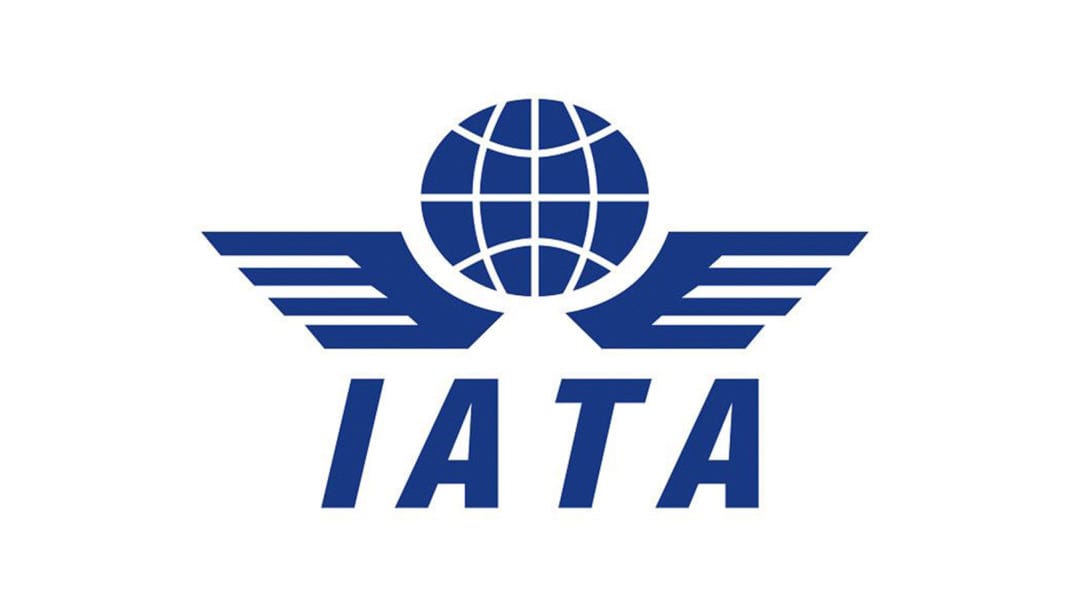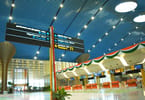The International Air Transport Association (IATA) released performance figures for 2018 showing that global air connectivity continues to become more accessible and more efficient. The IATA World Air Transport Statistics (2019 WATS) confirms that:
- 4.4 billion passengers flew in 2018
- Record efficiency was achieved with 81.9% of available seats being filled
- Fuel efficiency improved by more than 12% compared to 2010
- 22,000 city pairs are now connected by direct flights, up 1,300 over 2017 and double the 10,250 city pairs connected in 1998
- The real cost of air transport has more than halved over the last 20 years (to around 78 US cents per revenue tonne-kilometer, or RTK).
‘’Airlines are connecting more people and places than ever before. The freedom to fly is more accessible than ever. And our world is a more prosperous place as a result. As with any human activity this comes with an environmental cost that airlines are committed to reducing. We understand that sustainability is essential to our license to spread aviation’s benefits. From 2020 we will cap net carbon emissions growth. And, by 2050, we will cut our net carbon footprint to half 2005 levels. This ambitious climate action goal needs government support. It is critical for sustainable aviation fuels, new technology and more efficient routes to deliver the greener future we are aiming for,” said Alexandre de Juniac, IATA’s Director General and CEO.
Zvinonyanya kukosha zve2018 indasitiri yendege kuita:
Mutakuri
- Sistimu-yakafara, ndege dzakatakura 4.4 bhiriyoni vafambi pamasevhisi akarongwa, kuwedzera kwe6.9% pamusoro pe2017, inomiririra imwe 284 miriyoni nzendo nemhepo.
- The development of the low-cost carrier (LCC)* segment continues to outpace that of network carriers.
- Measured in ASKs (available seat kilometers), LCC capacity grew by 13.4%, almost doubling the overall industry growth rate of 6.9%. LCCs accounted for 21% of global capacity) in 2018, up from 11% in 2004.
- When looking at available seats, the global share of LCCs in 2018 was 29%, reflecting the short-haul nature of their business model. This is up from 16% in 2004.
- Some 52 of IATA’s 290 current member airlines classify themselves as LCCs, and other new model airlines.
- Asia-Pacific 37.1% chikamu chemusika (1.6 bhiriyoni vafambi, kuwedzera kwe9.2% zvichienzaniswa nevafambi vedunhu muna 2017)
- Europe 26.2% chikamu chemusika (1.1 bhiriyoni vafambi, kumusoro 6.6% pamusoro pe2017)
- North America 22.6% market share (989.4 million passengers, up 4.8% over 2017)
- Latin America 6.9% market share (302.2 million passengers, up 5.7% over 2017)
- Middle East 5.1 % market share (224.2 million passengers, an increase of 4.0% over 2017)
- Africa 2.1% market share (92 million passengers, up 5.5% over 2017).
The ndege shanu dzepamusoro akaverengerwa nehuwandu hwemakiromita akarongwa evatakuri akabhururuka, aive:
- American Airlines (330.6 billion)
- Delta Air Lines (330 billion)
- United Airlines (329.6 billion)
- Emirates (302.3 billion)
- Southwest Airlines (214.6 billion)
- Hong Kong – Taipei Taoyuan (5.4 million, down 0.4% from 2017)
- Bangkok Suvarnabhumi – Hong Kong (3.4 million, increased 8.8% from 2017)
- Jakarta Soekarno-Hatta – Singapore Changi (3.2 million, decreased 3.3% from 2017)
- Seoul-Incheon – Osaka-Kansai (2.9 million, an increase of 16.5% from 2017)
- Kuala Lumpur–International – Singapore Changi (2.8 million, up 2.1% from 2017)
Pamusoro shanu domestic passenger airport-pairs were also all in the Asia-Pacific region:
- Jeju – Seoul Gimpo (14.5 million, up 7.6% over 2017)
- Fukuoka – Tokyo Haneda (7.6 million, an increase of 0.9% from 2017)
- Melbourne-Tullamarine – Sydney (7.6 million, down 2.1% from 2017)
- Sapporo – Tokyo-Haneda (7.3 million, decreased by 1.5% from 2017)
- Beijing Capital – Shanghai Hongqiao (6.4 million, up 0.4% from 2017)
The top five nationalities*** traveling (international routes) are:
- United Kingdom (126.2 million, or 8.6% of all passengers)
- United States (111.5 million, or 7.6% of all passengers)
- People’s Republic of China (97 million, or 6.6% of all passengers)
- Germany (94.3 million, or 6.4% of all passengers)
- France (59.8 million, or 4.1% of all passengers)
kago
- Following a very strong year in 2017, air freight volumes grew more modestly in 2018 in line with global trade volumes. Globally, freight and mail tonne kilometers (FTKs) showed a 3.4% expansion as compared to 9.7% in 2017. With capacity increasing by 5.2% in 2018, the freight load factor fell by 0.8 percentage point to 49.3%.
The ndege shanu dzepamusoro ranked by scheduled freight tonne kilometers flown were:
- Federal Express (17.5 billion)
- Emirates (12.7 billion)
- Qatar Airways (12.7 billion)
- United Parcel Service (12.5 billion)
- Cathay Pacific Airways (11.3 billion)
Kubatana kwendege
- Star Alliance yakachengetedza chinzvimbo chayo semubatanidzwa mukuru wendege muna 2018 iine 21.9% yehuwandu hwakarongwa traffic (muRPKs), ichiteverwa neSkyTeam (18.8%) uye oneworld (15.4%).























